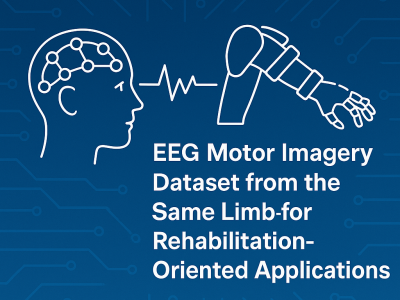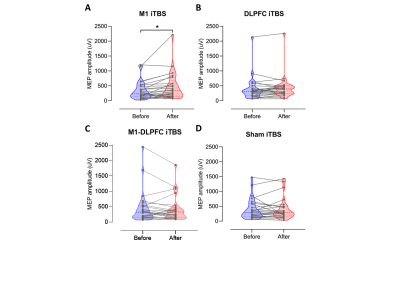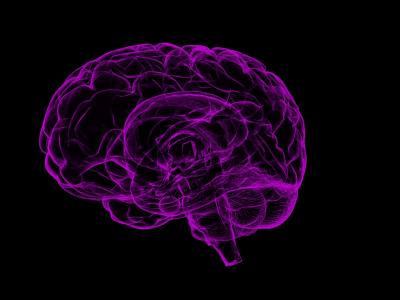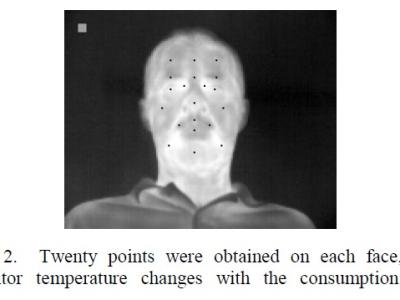
The REH-MI dataset is an EEG motor imagery (MI) dataset developed for rehabilitation-oriented research. It comprises 9,180 trials recorded using a 32-channel Emotiv EPOC Flex headset from 18 healthy, right-handed male participants across two sessions. Each trial corresponds to one of four right-hand conditions: imagined finger movement, wrist movement, elbow flexion, or rest, totaling 510 trials per subject.
- Categories:




